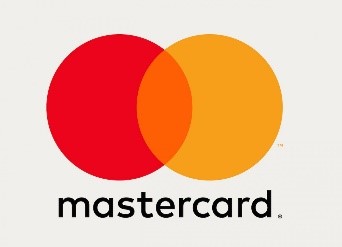
These days, most people (including, somewhat surprisingly, many of our grandparents) use tech to pay for things — and doing so goes hand-in-hand with entering and storing private information somewhere in the internet’s vast ether. You remember those days when people refused to even reveal their last names online? Well, they are long gone.
Today, more than 344 million people are online in Latin America, with more than 200 million on Facebook, and e-commerce in the region is growing. The escalation in internet and social media use has made it more commonplace for our data to live online.
Technology makes our lives easier, and so does being able to use it to make purchases. Yet, we sometimes perceive the process as, at least, moderately risky. We don’t want other people to know our social security numbers, our ATM pin numbers, our credit card information or anything else that could enable them to essentially assume our identities and steal our hard-earned money.
And the truth of the matter is that identity theft is a real threat.
What’s especially disturbing is that these new criminals are essentially faceless. They can strike from anywhere, at any time and in a slew of ways that all end with you having to deal with the fallout that comes with a security breach.

So, what do you do to prevent crimes committed from a distance by people you will probably never see?
The key lies in assuring you have an equally faceless way to fight back.
The bodyguards you didn’t know existed
Leaders in the financial industry have been dedicating — and continue to dedicate — significant resources to ramp up security that keeps your data safe.
When you whip out your card or your mobile phone to pay for something like a weekend getaway, the only thing you should be worried about is how quickly you can get to packing your bags, not whether your transaction will go through, or if someone may be stealing your payment information.
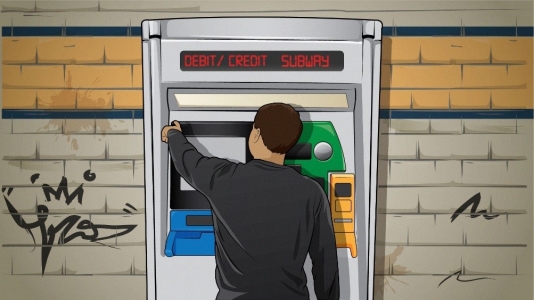
Luckily, payment technology companies in particular have developed an arsenal of tools that work together as your cyber data bodyguards.
These assets are crucial in protecting you from the lurking evils of cybercrime. Instead of brawn and feats of physical strength, these tools leverage technology to keep you safe.
And today, this is more important than ever before. According to the Council on Hemispheric Affairs, the Latin American and Caribbean Internet Addresses Registry recently reported that phishing alone affects about 2,500 regional banks, accounting for $93 billion USD in annual losses.
You can pay for a lot of weekend getaways with $93 billion.
Let’s take a look at some of the ways these cyber data bodyguards are working to decrease, and ultimately eliminate, this threat.
The bodyguards working behind the scenes
To stop a criminal, you have to think like a criminal.
Places like MasterCard’s DigiSec Lab use this principle to identify potential weaknesses and areas where attacks may come from by essentially hacking existing products themselves and then working to patch up those weaknesses.
Sounds wild, right? But it’s beneficial.
The lab works in tandem with government security agencies and leading academics to proactively test forms of digital payments. The lab’s employees find ways to break into a system, as a hacker may do, and then reverse-engineer solutions to stop those hackers from being able to do the same. This way, they stay ahead of hackers, and leave shady cyber criminals scratching their heads when their latest compromising plot is foiled.
What’s more is that the lab recently opened to financial institutions so they too can access information about security improvements.
“While payments have never been safer, criminals have never been smarter. We’ve now opened the lab to our bank partners as part of an ongoing commitment to share insights, solutions and best practices to deliver the highest levels of security,” says Ajay Bhalla, president of Enterprise Security Solutions at MasterCard.
Video Link: https://youtu.be/Cl-l3A1LKRA
In addition to the DigiSec Lab, MasterCard is doing a lot of behind-the-scenes work with super complex algorithms to ensure that genuine transactions are not declined while fraud is pushed out from the payments ecosystem. This serves to create an optimal consumer experience for cardholders while preventing fraud from occurring.
Many of these tools are offered directly to banks, such as MasterCard Safety Net and their IQ series, so they can leverage the MasterCard global network to identify unusual behavior and potential attacks — or simply make better transaction authorization decisions.
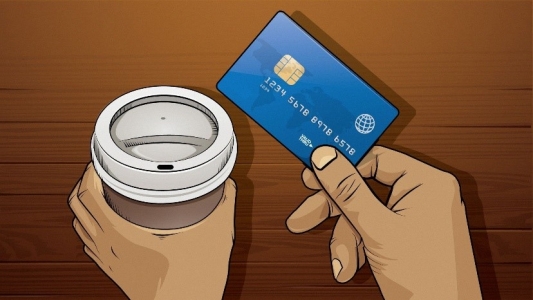
Chip technology: The bodyguard on your card
Although a lot is happening behind the scenes to protect your information, new tools have been put in place to protect you in the real world.
Chip cards (also called EMV cards) are hailed as the safest way to pay in the physical world. They literally contain a computer chip to better protect each transaction. Chip technology helps stop cyber crooks in their tracks — cloning these cards is nearly impossible.
In Latin America, chip cards are already well known. The region has been migrating to chip technology for the past several years. In fact, the LAC region has been one of the geographic leaders in integrating data-protecting chip cards.
Currently, about 80% of MasterCard-issued credit cards in the LAC are chip-equipped. The U.S. jumped on the bandwagon last year, and is currently in the process of migrating to chip cards.
New tech, new tools: Your bodyguard in a connected world
As tech continues to change, however, we have to recognize that the days of using just our cards to pay are dwindling. Devices such as cellphones, tablets and computers are also now being used to make payments.
And, in the not-so-distant future, more snazzy devices like watches, bracelets, rings and who even knows what else will also be used to pay. According to Cisco, there will be 50 billion connected devices by 2020.
With the increased digitization of payments in a hyper-connected world, will our payment data continue to stay safe?
Thanks to technology such as tokenization, the answer is yes. Payment companies have caught on to this trend, and they’ve been planning for this increased connectivity for quite some time. Part of this planning yielded tokenization, which is like an invisibility cloak for your card data.
With tokenization, your payment data (a.k.a. your card number) is hidden and replaced by another number that uniquely identifies that transaction: A token. That number is created using special algorithms that make your data meaningless to hackers.
In essence, tokenization makes any payment device a secure payment mechanism.
Making you your own bodyguard
Another area of heavy focus when it comes to increasing payment safety and security is authentication, which is the process of determining whether you are who you declare yourself to be.
We already use authentication in everyday life. Each time you use your ATM card’s PIN number, a password to log in to a website or your fingerprint to unlock your phone, you are authenticating yourself.
Thus, authentication essentially makes you one of the main lines of defense in protecting your data.
But, based on global consumer research conducted by MasterCard, consumers have said that passwords are a pain – and they’ve said it loud and clear.
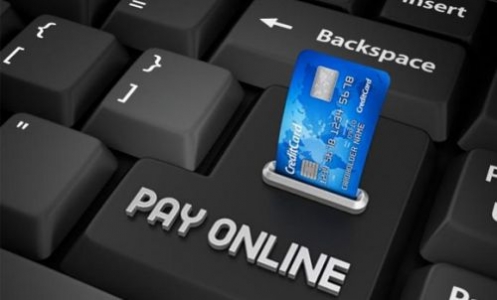
“More than 50% of people we surveyed feel there’s a better way to keep their information safe than the old-fashioned way,” said Patricio Hernandez, head of global processing for MasterCard Latin America & Caribbean region. “Passwords are easy to hack, easily forgotten and often stolen.”
A solution to many of these issues is the use of biometrics, a security measure that uses your unique biological characteristics – such as your fingerprint – to verify your identity. It’s based on the idea that you should authenticate yourself with who you are physically, instead of with what you can remember.
Consumers agree with the biometric security approach. According to a MasterCard survey, 55% of consumers agree that biometrics sound like an easier way to access their accounts, and that they sound safe.
Because who doesn’t want easy and safe?
Nobody, that’s who.
And as biometrics surge in popularity, newer and even more technologically advanced innovations are occurring.
A pilot program in the Netherlands just concluded that uses “Identity Check,” a technology that authenticates the user through facial recognition (but, no duck faces please). Identity Check is still in its early stages, but the technology could arrive in Latin American within the next two years.
A bright and secure future
With these and other developments that have come from the minds and fingertips of cyber security guards, the LAC region is safer from hackers now more than ever — and with a slew of tools and innovations in development and on the way, it’s becoming easier to see a future when we can always make digital purchases without our funds or information falling into the hands of cyber criminals.
As printed in Mashable.










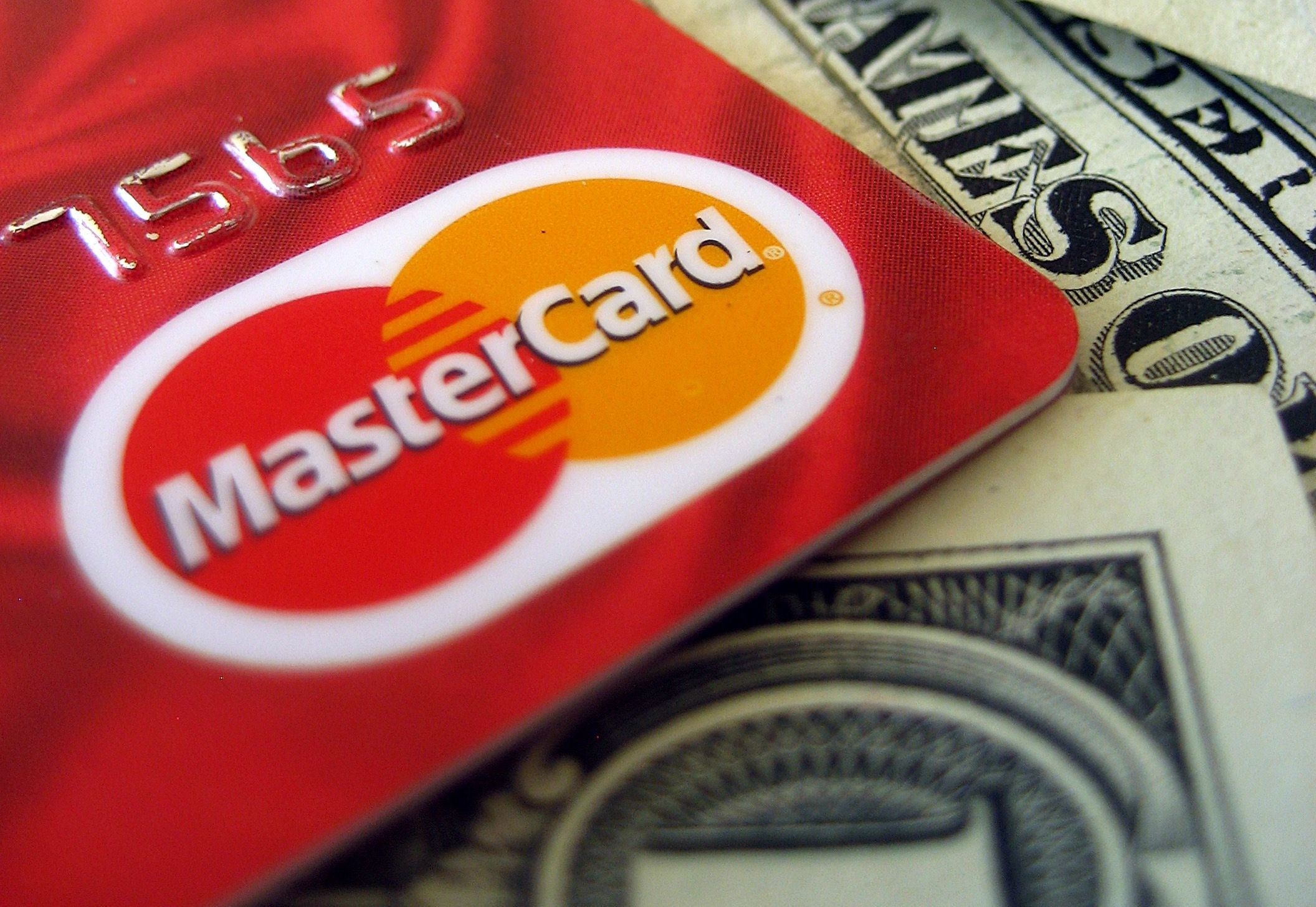


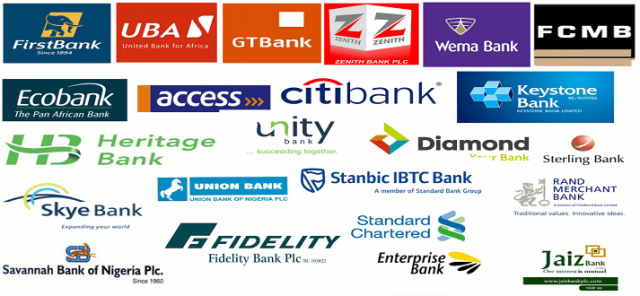

How Anti-hackers Use Tech to Protect Your Data: These days, most people (including, somewhat surprisingly, … https://t.co/uAa0A5446M
How Anti-hackers Use Tech to Protect Your Data: These days, most people (including, somewhat surprisingly, … https://t.co/o9hcZsT0lJ
How Anti-hackers Use Tech to Protect Your Data: These days, most people (including, somewhat surprisingly, … https://t.co/GMf1eE3wIL
How Anti-hackers Use Tech to Protect Your Data: These days, most people (including, somewhat surprisingly, … https://t.co/0cXv8SYZat
How Anti-hackers Use Tech to Protect Your Data https://t.co/JHuy1yMxOC https://t.co/Udr4wMCZpC
NEW POST: How #Antihackers Use Tech to Protect Your #Data https://t.co/ky3bE2S8jR https://t.co/pYuR5LnvUj